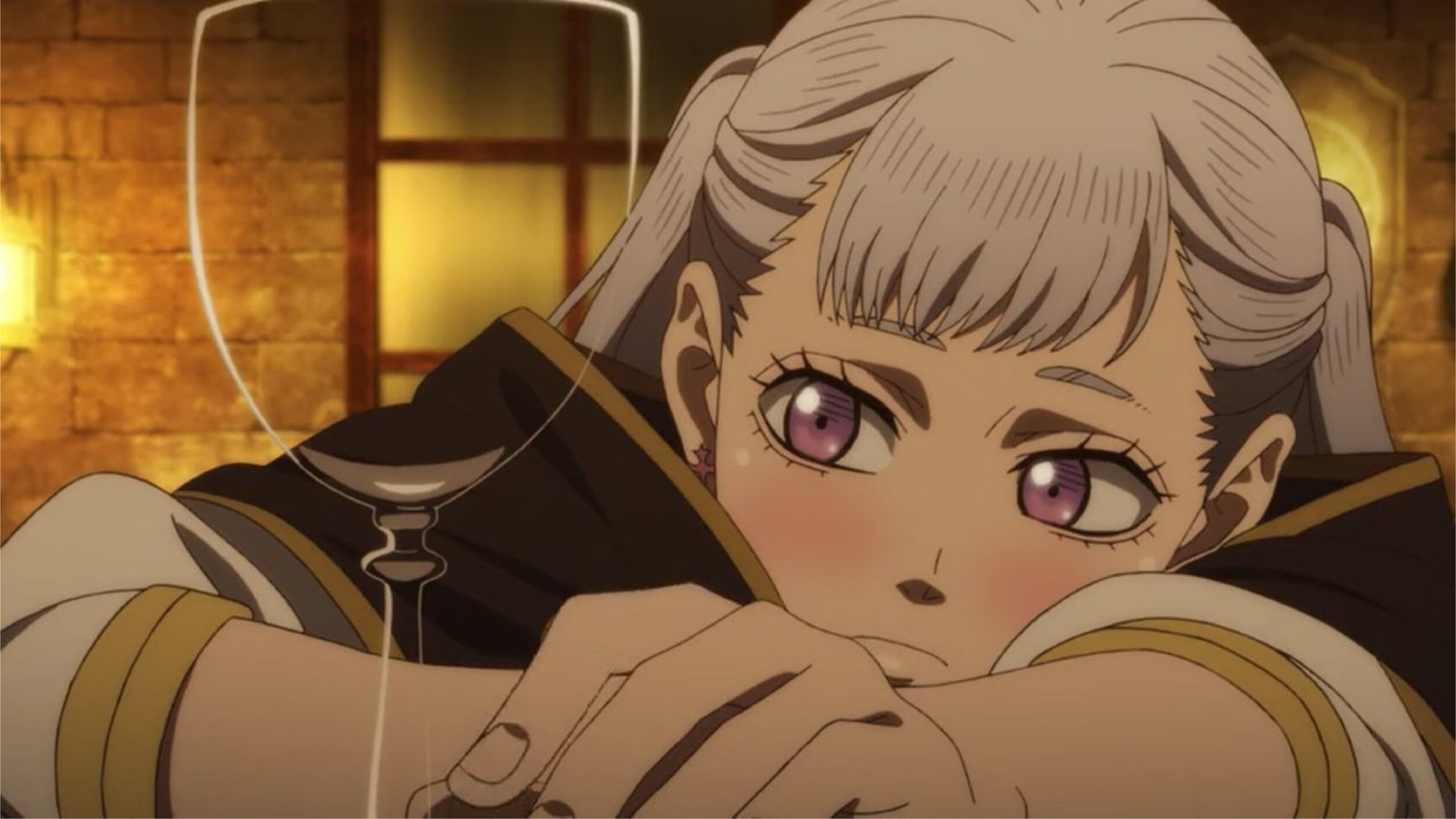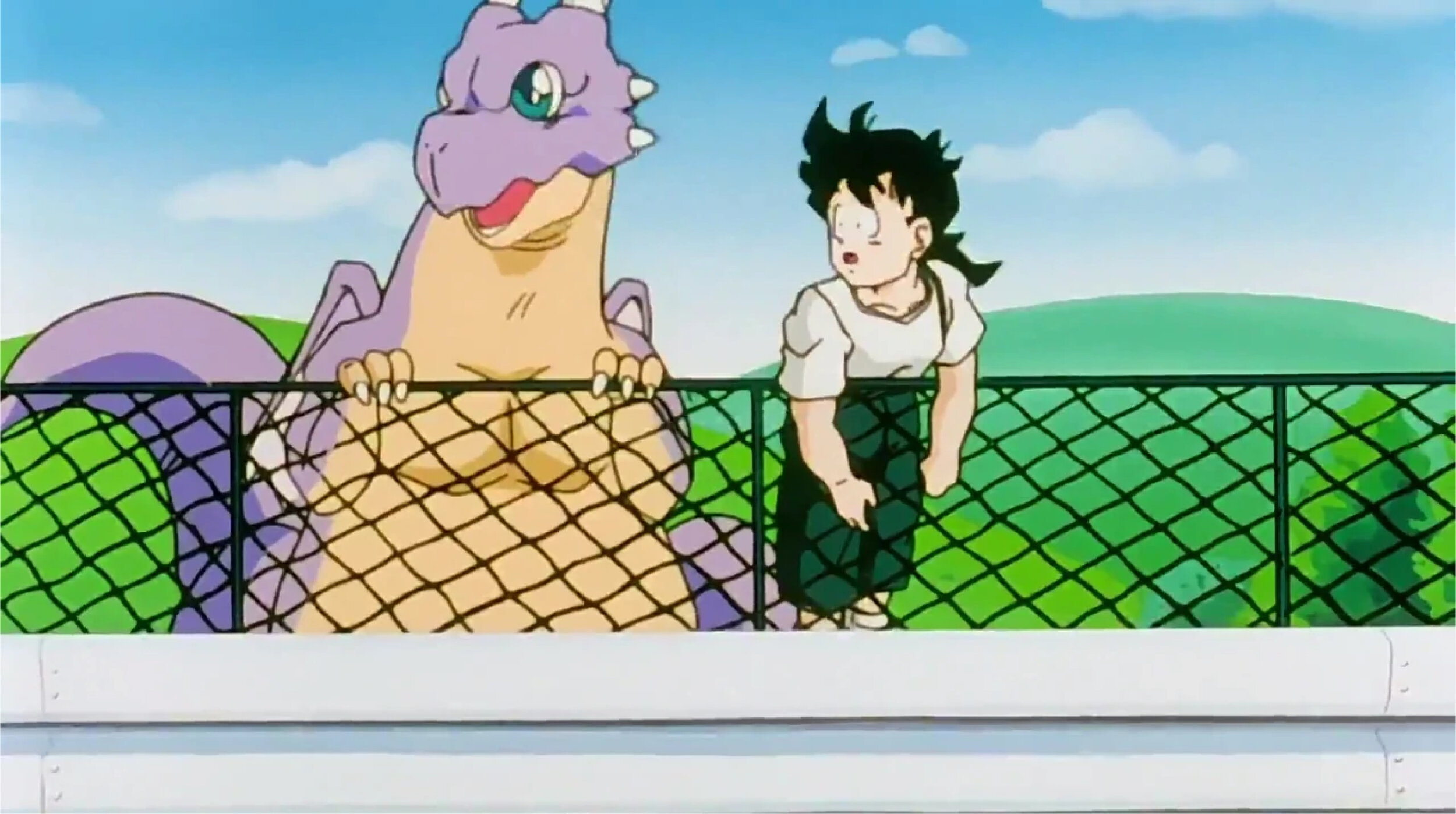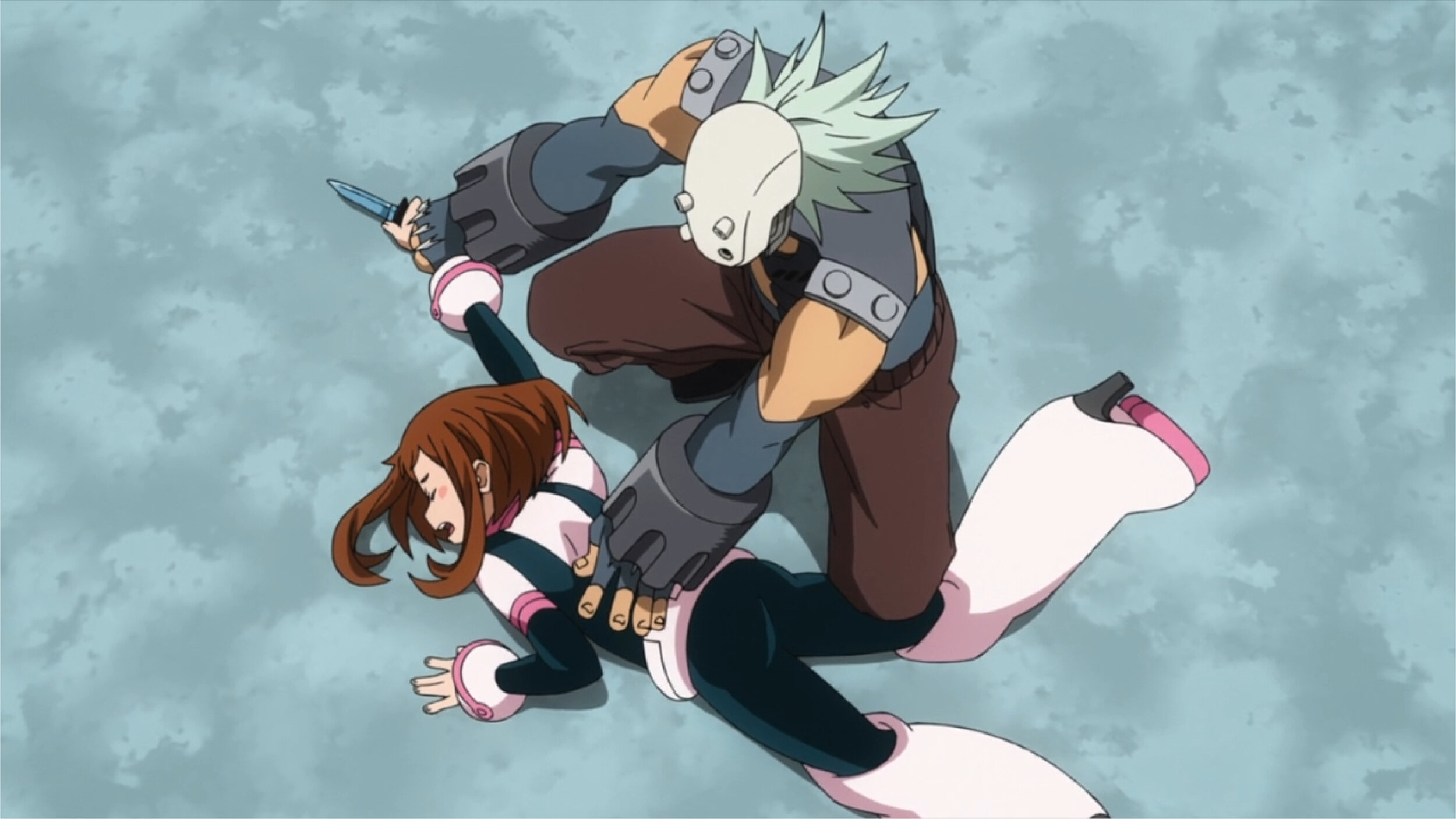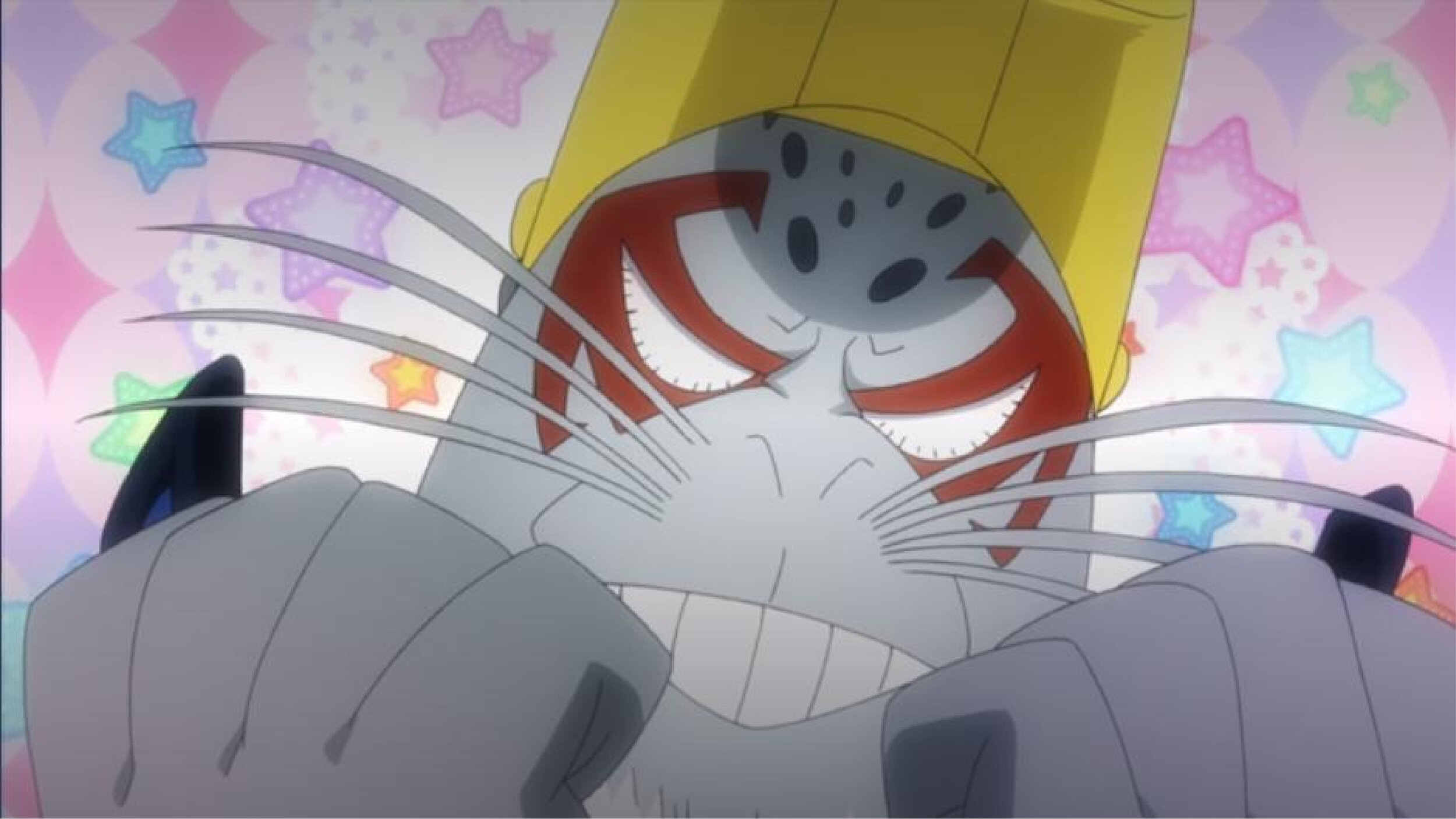Troped: Anime Filler Episodes
Adapting a manga into an anime, and getting a worried the anime might surpass the source material in plot? You don’t necessarily need to slow down. Maybe you just need to take some time to remind the viewers about what’s been going on? Or maybe you can toss in a quick bit of fun between more high-octane, or gut wrenching, storylines? Or, hey, maybe you want a reason to really dive into one of the less utilized characters from the show?
Why not turn to a good old fashioned filler episode?
Filler episodes exist in all kinds of television. Often, this title is used to denote episodes in more serialized shows that don’t progress anything for the major narrative. If any kind of development does happen, it tends to be reversed by end time the credits roll. But in anime, while this fact tends to remain true, they also have the added meaning of coming from story that is not from the manga source material.
It is because of this anime-only status that some fans look down on these episodes as less worthy, or even non-canonical. But, they do have their place. It may be a place that originates from necessity, that doesn’t make them inherently bad.
Here’s the thing: there is nothing wrong with filler episodes as concept. In fact, sometimes they can be an outright good thing. So, I’m going to look at them through this angle, and find the positives in anime filler episodes.
There are also full arcs that are considered filler, but for the scope of this I’m going to limit the focus to individual episodes.
I’m going to breakdown anime filler episodes into three basic types. They are: recaps, breathers, and side character highlights. To look at these different types, I’m going to use one of each as a case study, with episodes coming from Black Clover, Dragon Ball Z, and My Hero Academia.
Recaps – Black Clover – “Path” (Ep 29)
This might come to surprise some people, but a recap episode… is an episode made to recap the show.
These episodes are pretty self-explanatory. They are similar to clip-shows in sitcoms in that they use some kind of framing device in order to reuse old footage. But where a clip-show is often a highlight reel (sometimes just of the funniest moments), a recap episode is using its clips more for expositional purposes.
In “Path”, this exposition is almost entirely on Asta’s journey so far (although Yuno gets a little attention as well). The framing device is simply that people in Asta’s life are thinking about how far he’s come since the show began.
This episode can essentially be split into two sections, with the first (and shorter) section being focused on Asta’s origin, as remembered by Orsi and Drouot of his hometown. Through this we are reminded of how Asta and Yuno were found by Orsi when they were babies, and then raised in his church. We also get into how Asta was born without magic, and his rival, Yuno, got a four-leaf clover grimoire that seemed to signify him as special. Asta didn’t give up though, and somehow the five-leaf clover grimoire appeared before him, and with it he gained the power to nullify magic.
In the next section, the story remembered by fellow Black Bulls, Gordon and Noelle. Gordon’s part is the real stand out of the episode, when he pulls out an entire book titled “Best Friend Asta: An Observation Diary”, in which he writes everything he has ever watched Asta do. He even has a companion to it, “My Friend’s Friend Yuno: An Observation Diary”, for when he has thoughts on Yuno. Gordon’s takes us from how Asta was brought into the Black Bulls, to what he does these days. Noelle’s memories of Asta are more personal to her, as she thinks back to their first mission together, his heroics, and her denial of having feelings for him.
Especially in the latter section, while the recap is focused on Asta, the way it is being told continues to build out the characters of Gordon and Noelle (or at least, reinforce them).
The episode ends on a quick bit of Yuno, and a reminder of the rivalry he has with Asta. A core driving force for them both.
The story of the series doesn’t progress at all in this episode, but, that doesn’t mean there aren’t elements that make it worth it. For one, a large part of Black Clover is the way Asta’s reluctance to give up rubs off on all of those around him. This episode is built around the concept of everyone thinking about him, and how inspired they are by his journey. The chosen framing device on its own builds out relationships even when the characters have almost zero new interactions with Asta within the episode.
And, again, there is just the joke of Gordon’s diaries. Gordon is great and him getting attention for an episode in this way is too perfect.
But, even with those little bits, what is really the point of having a recap episode? Presumably, you’ve already seen it all!
Well, as hinted at above, part of it comes down to financial reasons. This is a cheap kind of episode to make, because it reuses a lot of the animation. Less than half of the episode is new animation, and therefore it takes that much less work for the animation team. For the same reason, this can be a huge plus on a weekly series if they are at all falling behind schedule.
But, from the audience side of things, none of that really matters. So, what are the benefits to them? And, well, out of all the kinds of filler episodes, these are the most dependent on the individual viewer’s circumstance.
If you are binge watching a series like this, 29 episodes in, you are unlikely to really need a refresher on what’s gone on so far. In this case, a recap episode is kind of a speed bump. But, if you’re watching weekly, this is here to remind you of over six months of story. On top of that, if you had fallen behind for a while, even more time could have passed. These episodes are great for this kind of situation.
My Hero Academia uses recap episodes for its season premiers. Not only because it has taken some time off and wants to remind viewers of what is going on, but because it has 20 characters even just in the main class, before you start thinking about the other heroes and villains of the series. That’s a lot to keep track of.
Unfortunately, because of how dependent they are on the viewer’s particular watchign experience, these are unlikely to ever be able to please everyone.
While these kinds of episodes will never be considered the best in a series, they can be beneficial given the right circumstance. They are a utility episode, one for a particular purpose that when needed can be incredibly helpful, and when it’s not needed, comes off as a waste. But at least the right framing could still keep these episodes pretty fun.
Breather – Dragon Ball Z – “Goku’s Ordeal” (Ep 125)
A breather is an episode where the anime just kind of stops all forward momentum to take break, and usually do something fun. These episodes are often comedic in nature and can take the form of other trope episodes like a beach episode or sports episode.
“Goku’s Ordeal” might be one of the most famous filler episodes. It is the one where Goku and Piccolo are forced to take some time away from training to attempt to get their drivers licenses.
Previously, Trunks came from the future to warn Goku and the other Z fighters that two powerful androids will be showing up in three years. If they aren’t defeated, they will basically start the apocalyptic-like situation that Trunks was raised in. This episode is the very last one before these three years of in-universe time are up, making it the last time to relax before a long arc really kicks off.
In so many ways, this episode is like the calm before the storm. A last chance to just have fun. And with its placement, it almost feels like a video game, in a way. Like, one of those points that tell you that after you start the next mission you can’t return, so before Goku takes on the Androids he has to rush over to do the drivers license side quest.
The concept of two Shonen heroes going off to learn to drive sounds like a fan fiction prompt. And by this I mean, it is a situation that is so fish-out-of-water for these characters that it isn’t something you would ever predict happening in a show about martial artists who fight intergalactic threats. It is a hilarious situation that barely fits the show at all. And in fact, the final punchline of the episode plays with that exact notion when the instructors ask why Goku and Piccolo would want to drive at all if they can fly.
And that isn’t the only joke running through here. We have Goku’s complete inability to understand how to drive, Piccolo’s reluctance to go fast (until competing with Goku), and of course the two polar opposite instructors and their teaching methods. This is a legitimately funny episode.
While the biggest complaint about this kind of filler is that it slows things down, it can actually have a huge benefit to the stakes of the show. Drama needs both highs and lows. It needs relaxed time to give purpose to the intense times. If everything is always going at full speed ahead, it eventually all blurs together.
The episodes where the characters get to unwind a little make it matter when things go wrong. It is about just enjoying these characters and spending time with them, so when the stakes are life and death, we know what they are really fighting for.
Outside of the content of the episode itself, the placement is probably the most important thing that can make or break this kind of filler before it even airs. Sometimes these kinds of episodes can show up when the stakes seem too high in the main story, and so it feels wrong to see something else instead of the immediate threat.
Fairy Tail tends to place these episodes between every major arc, to give us some random fun before we get back into another big adventure. This kind of pattern can work really well and is pretty close to what we’re seeing with “Goku’s Ordeal”.
In the end, these breather episodes give us a fun break with the characters that we presumably love (why else are you watching the show?). They show us the highs so when the lows come around, they hit extra hard. Plus, they tend to be some of the most fun standalone episodes.
Side Character Highlight – My Hero Academia – “Everyone’s Internships” (Ep 32)
An episode that suddenly puts all the emphasis on a character who is often left to the background is probably the kind of filler that offers the most freedom. Because of the nature of a lot of these manga and anime, there are usually a small group of characters who are really focused on throughout, who have their personalities fleshed out, and get the more concrete backstories and arcs. But, there just isn’t time to do that for everyone when the story is more succinct.
This is where side character highlight episodes come in. In the case of “Everyone’s Internships”, we get a bit of variety before finally landing on one individual character to really get the focus.
The episode starts on almost a montage of what some of the characters have been up to while the main story was happening in this arc. Best Jeanist is trying to teach Bakugo to be less prideful. Uraraka is being taught hand to hand combat by Gunhead. Yaoyorozu and Kendo are shown what being in the spotlight can be like in terms of fan relations with Uwabami. Jiro is helping Death Arms save some hostages. And Kirishima and TetsuTetsu are being made to clean up a park with Fourth Kind.
Each of these range from just fun jokey moments, to minor character development. Uraraka’s section, while short, is the one most paid off later on in the series. In the next season, Toga tries to fight her with a knife, and Uraraka is able to fight back using the exact skills Gunhead is shown teaching her here.
But after all of this, we get to the real bulk of the episode, where we see Froppy’s internship with Selkie and his sidekick Sirius. There is some real weight to this story for Froppy’s character and it pushes her to make a difficult choice to show trust in the hero she is working with. By the end, this story reinforces her desire to be a pro hero.
Also, regardless of what Sirius says, Froppy is right that Selkie is adorable.
There is an argument to be made that the episode reinforcing Froppy’s goals rather than making any real change to them, isn’t much in terms of development. But this is the most time we have ever gotten to spend with the character, even through to the end of season four. Even just giving her more reason to want to do the thing she is in school for is more than we’ve gotten in the past.
Much like any other kind of filler episode, deployed at the wrong time could make these really stand out in a bad way. If this was put in just a couple episodes sooner, where it probably falls more in the timeline of when events take place, it would disrupt the story that is going on with Ida and Deku as they search for revenge and learn how to better control their quirk, respectively.
A lot of these anime tend to have very large casts, especially when it comes to their side characters. The use of filler episodes to give them more screen time is probably the most interesting kind of filler we can get. If done well, on the surface that don’t even really feel like filler at all.
Sometimes there are even episodes that act like kind of a hybrid between side character highlights and breather episodes. A main character goes on a quick adventure with someone they don’t spend as much time with, and we see how they interact while getting to know the side character more.
Naruto has a lot of episodes like this, where Naruto is teamed up with one or more people from outside of his usual trio, and we get to learn more about those characters while usually seeing them all get up to something fun.
The biggest joy in having a large cast is really getting to know all the characters and how they all interact with each other. While the main story probably won’t be able to spend time on each individual one, and so using the excuse of needing filler episodes is an incredible way to make this happen. It is a nice way to take a character the audience might not have paid any attention to and really make them care.
Results of the Trope
Two big reasons these episodes come up are because of either a lack of major breaks in the anime to give the manga time to produce more stories, or to hit a particular number of episodes for season orders. For the former, it means it is happening to give the fans more of the show they like without much off time, and without diverging from the manga entirely. And for the latter, it means avoiding drawing out a story to the point it gets boring, and instead having a fun little aside.
Basically, similar to a bottle episode, anime filler episodes are ones that come out of necessity during production. And, again, just like bottle episodes, there is nothing inherently bad about this fact, it all comes down to the way in which they executed.
Like anything else creative, putting extra rules around what the creators can do can be either limiting, or a way to force them into a position where they need to be that much more imaginative with their choices. With anime filler, they are limited by needing to avoid any major character changes or push the story too far away from where the previous episode ended. While on the surface, that can look like trouble, there are other things that can be done.
These episodes can expand on the themes and character relationships, they can remind the audience of an ongoing lore, they give a break for some fun hijinks, or even just give us more of the characters who wouldn’t otherwise really get developed.
Of course, some of these episodes aren’t going to land. Some of them are outright bad. But this is the case with every kind of episode. Some of the episodes that push the series’ plot forward the most, and come directly from the manga, can be even worse than some anime filler episodes. It always comes down to the execution of each instance, not the type of episode as a whole.








